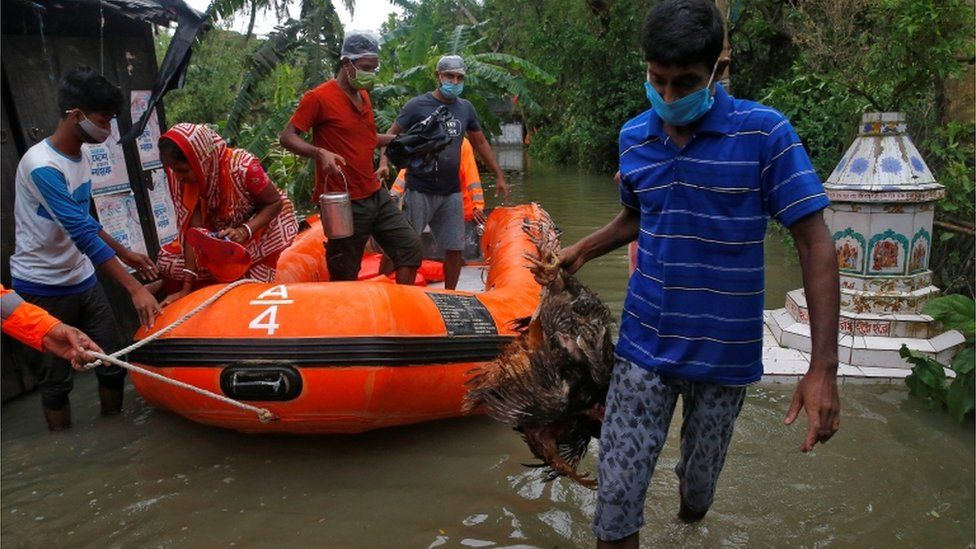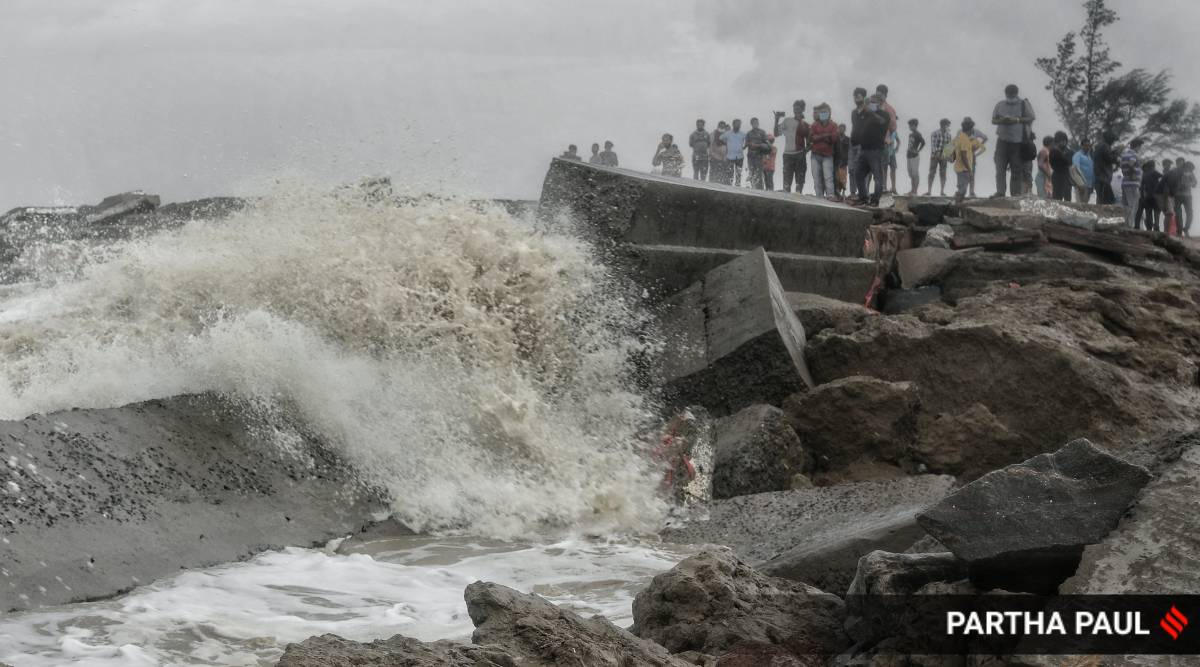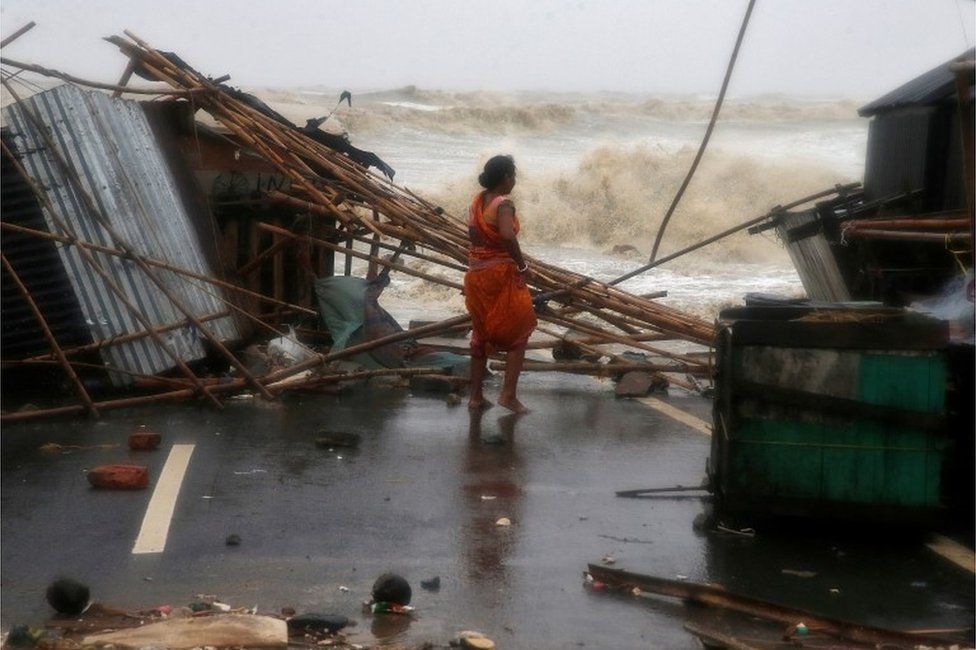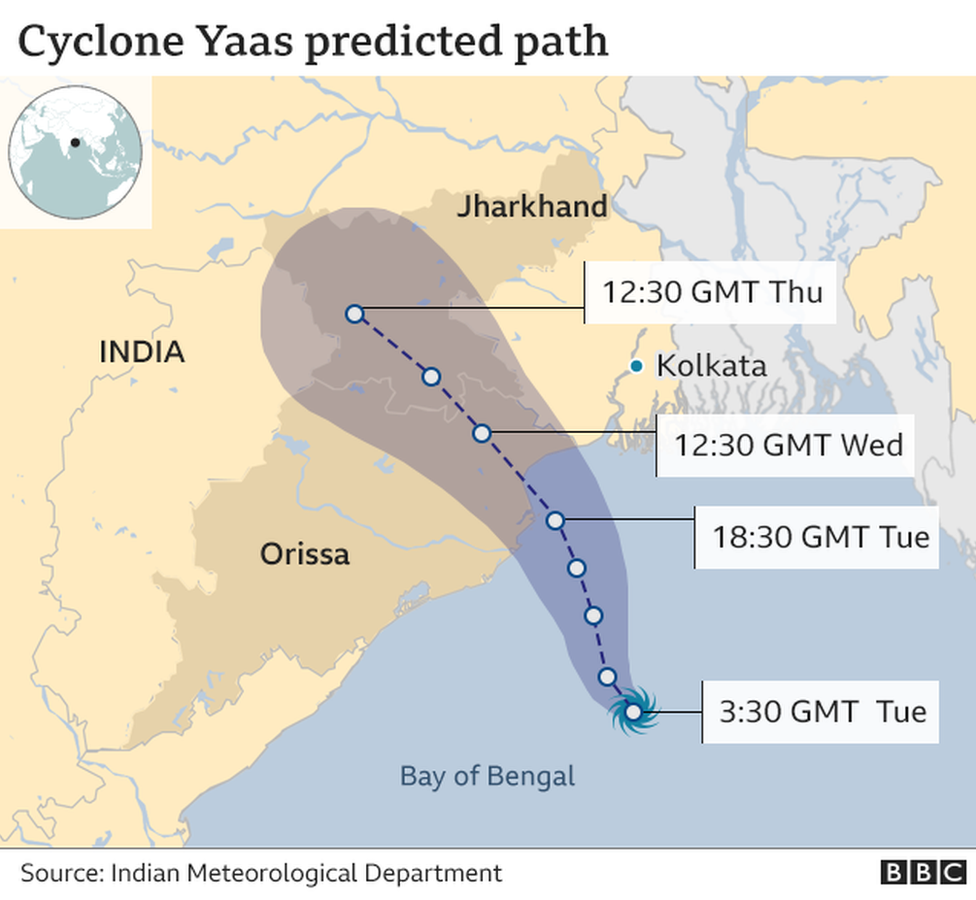The Devastation of Cyclone Yaas
"[The] north coast of the Bay of Bengal is more prone to catastrophic surges than anywhere on Earth,""[The Bay of Bengal is a] textbook example [of the worst kind of places for storm surges to develop - shallow, concave bays where water is pushed by the strong winds of a tropical cyclone. This gets concentrated as the storm moves up the bay]."Bob Henson, meteorologist and writer with Weather Underground
 |
| India evacuated more than one million people in coastal areas Reuters |
India and Bangladesh, both trying to cope with surging COVID-19 cases and deaths, were given another wild ride of nature to add to their worries. Indian hospitals and crematoria may be working overtime in a desperate bid to control the wicked surge of infections, but they also had no option left to them but to deploy rescue crews to meet the needs of huge numbers of people in eastern India and Bangladesh who could not be left to their own devices to struggle against the deadly threat of a wild cyclone.
As matters turned out, now that the cyclone that unleashed huge storm surges and heavy rains that hampered rescue work has passed, 150,000 people have been left homeless. Low-lying coastal areas were deluged and they're now uninhabitable. Cyclone Yaas moved inland from the Bay of Bengal with wind gusts of up to 149 km/h, with tidal surges whipped up in West Bengal state, India, and in Bangladesh, next door.
 |
| An embankment breached at Shankarpur in East Midnapur, West Bengal during Cyclone Yaas |
Heavy rain poured into parts of West Bengal where fresh inundations of sea water drowned coastal villages. "Restoration work will be difficult unless the weather improves", noted Bankim Hazra, West Bengal state minister. In Sundarbans delta, West Bengal, stretching into Bangladesh, some 25,000 homes constructed of traditional mud houses were destroyed, leading to 150,000 people left without shelter, stated Mr. Hazra.
This was the second violent storm to target India in the space of a week, arriving just while the country struggles with its second deadly wave of coronavirus infections that India's health network is struggling to cope with. A half-million people sheltered in relief camps in West Bengal, where state officials have been mindful of the necessity to reduce the risk of yet another virus spread. "Flood shelters have quarantine rooms for those showing symptoms of COVID-19 like fever, sore throat, body ache", stated medical officer Dr.Indranil Bargi, in Gosaba.
 | |||
| Orissa bore the brunt of the storm Reuters |
Anyone testing positive stands to be taken to safe homes established in government offices and schools. There was another shattering 211,298 new infections in India on Thursday, the world's highest daily rise, yet half the daily infections India recorded earlier in the month. 27.37million speaks to the overall case load. And a staggering 325,235 deaths were reported, according to data from India's health ministry. And even that huge number is recognized as an underestimate, according to experts, a gross underestimate of the actual toll.
In Bangladesh, flooding of villages as a result of torrential rains and tidal surges spells out the picture there. "I have never seen a tidal surge rising to this level. It flooded many villages and washed away houses. Many people are marooned", district of Khulna official Humayum Kabir explained.

Labels: Bangladesh, Bengal, Cyclone Yaas, East India
0 Comments:
Post a Comment
<< Home